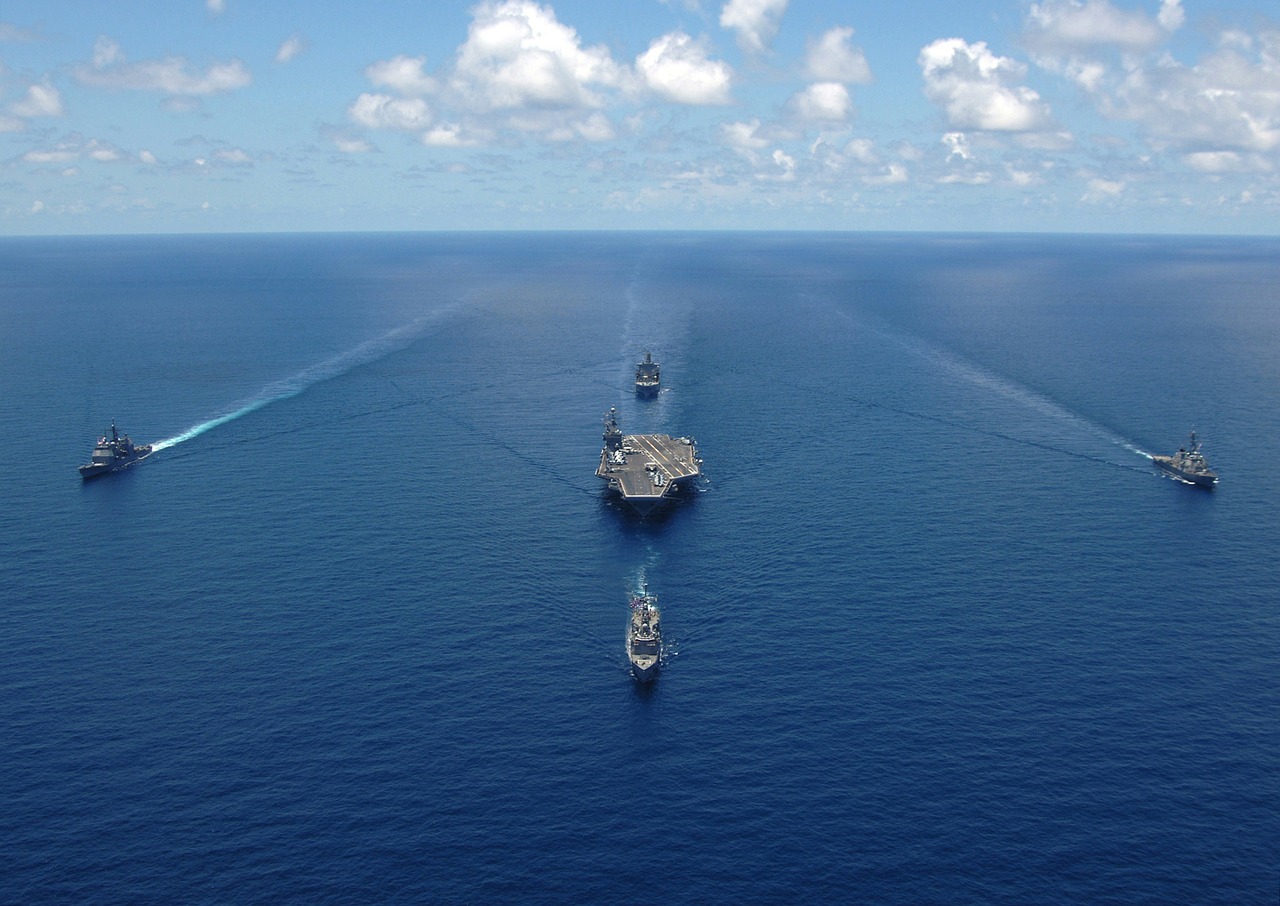This post is also available in:
 עברית (Hebrew)
עברית (Hebrew)
The US Navy is working to test and mature air, surface and underwater autonomy systems through multiple programs. Efforts include new autonomy standards as well as the standing up of its Rapid Autonomy Integration Lab.
The Navy has been focusing on several aspects, said Capt. Pete Small, program manager for unmanned maritime systems at Naval Sea Systems Command:
Updating legacy platforms with new autonomy software codes can be an arduous process. To combat that, the Navy is developing an autonomy standard for code development called the unmanned maritime autonomy architecture, or UMAA.
UMAA “standardizes the interfaces between the software components in an autonomy baseline on any vehicle, and therefore provides the ability to not only reuse the software on upgraded versions of the same platform, but across platforms and programs without wholesale rewriting all of that code anytime we want to integrate a different sensor or add a different autonomy capability,” he was cited by nationaldefensemagazine.org.
The Navy has already begun incorporating the architecture into recent autonomy platform contracts. UMAA is critical for the Rapid Autonomy Integration Lab, which was established in 2020.
Meanwhile, as the Navy continues to develop new autonomy systems, it recently stood up a new facility in California to test unmanned maritime vehicle technology in December 2021. The new facility will accommodate testing, evaluation and demonstration of prototypes such as extra-large unmanned undersea vehicles and unmanned surface vessels, according to the service.
Eventually, the facility will also house one medium unmanned surface vessel, two Sea Hunter and four Overlord unmanned surface vehicle prototypes.
The location has enough space to support large unmanned underwater vehicles, access to deep-water instrumented ranges in California, intermodal expeditionary transportation capabilities, proximity to Navy and industry hubs, and synergies with other commands, he said.


























